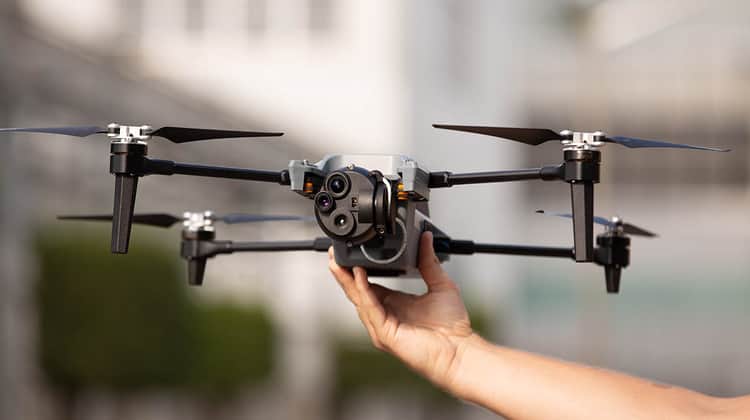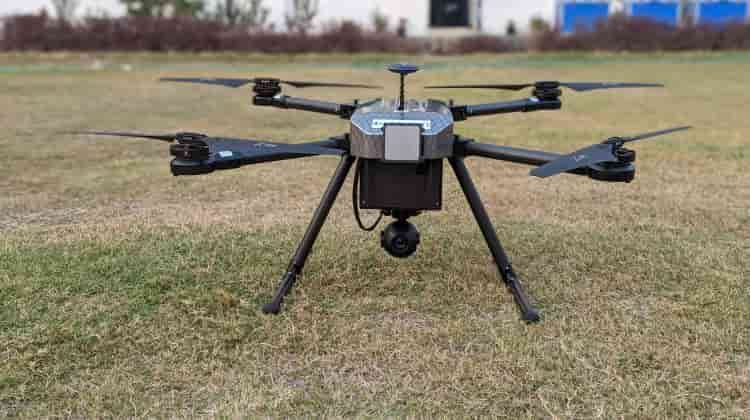How To Spot A Drone At Night? What To Do?
As the popularity of aerial vehicles continues to soar, distinguishing drones at night has become a crucial skill for both law enforcement and concerned citizens. Whether for security or privacy reasons, knowing how to spot and respond to drones flying after dark is essential. Here’s a comprehensive guide on how to identify drones at night and what steps to take next:
How To Spot Drones At Night?
1. Visual Cues: Look for navigation lights that are typically white, red, or green. Two pairs of visible lights in the night sky often indicate a flying drone. Additionally, watch for moving shadows that match the size or shape of a drone, as well as reflections on shiny surfaces.
2. Auditory Signals: Listen for the distinctive buzzing or humming sound of propellers, which can indicate the presence of a drone, especially in quiet environments.
3. Electronic Detection: Utilize drone detection apps that use radio frequency (RF) and acoustic cues to spot drones. RF detection can identify radio signals emitted by drones, while acoustic sensors recognize propeller sounds. Thermal imaging cameras and parabolic microphones are also effective tools for detection.
4. Observational Insights: Observe unique flight patterns, payloads such as cameras, and the presence of a drone pilot nearby. Drones used for malicious purposes may exhibit erratic or unusual flight behaviors.

Factors Affecting Visibility of Drones at Night
1. Distance: The farther away a drone is, the more challenging it becomes to spot.
2. Light Pollution: Bright city lights or other sources of light pollution can obscure a drone’s lights, making it harder to detect.
3. Weather Conditions: Fog, rain, or snow can reduce drone visibility by scattering light and obstructing lights, shadows, or reflections.
4. Drone Type: Some drones are equipped with bright lights and large bodies, making them easier to see, while others may have dim lights and small builds.
5. Drone Operator: The actions of the drone operator, such as flying behind obstacles, can affect visibility.
What To Do If You Spot a Drone
1. Identify the Drone: Record details such as size, shape, color, and any markings. This information can be useful for reporting the drone to authorities.
2. Assess Altitude and Flight Path: Determine whether the drone is flying high or low and its direction of movement. This helps evaluate potential threats.
3. Ensure Safety: Be mindful of people and property in the area that could be affected by the drone’s presence.
4. Report Suspicious Activity: If the drone’s behavior seems suspicious, report it to local authorities or the FAA.
5. Take Necessary Action: If the drone poses a direct threat, consider taking precautions such as turning off lights or closing curtains.

In conclusion, being able to identify drones at night and respond appropriately is essential for maintaining safety and security. By understanding the signs of drone activity and knowing how to report concerns, individuals can play a proactive role in addressing potential threats. Remember, safety should always be the top priority when dealing with drones in any situation.

